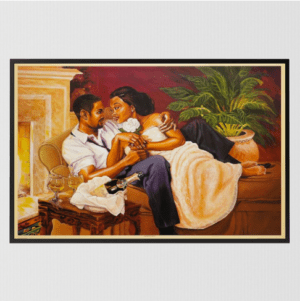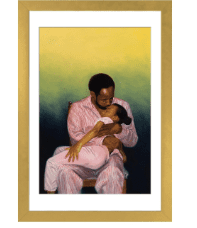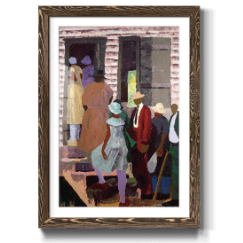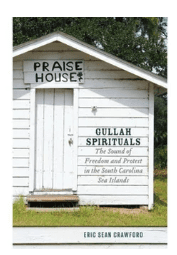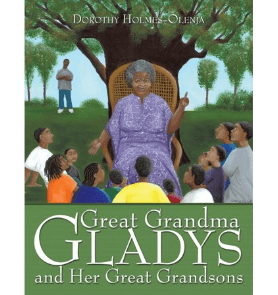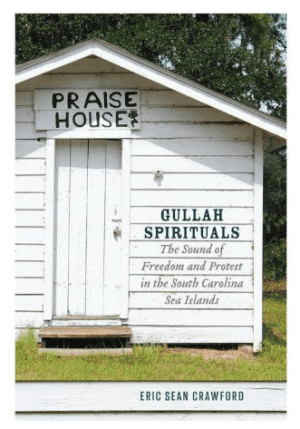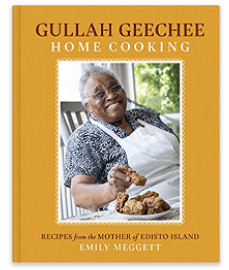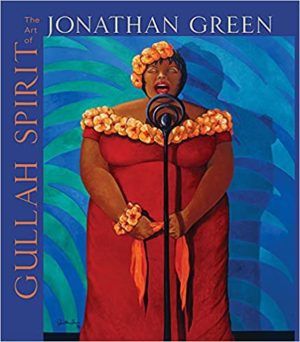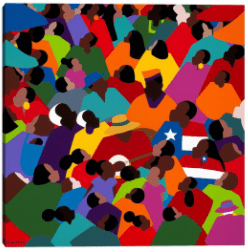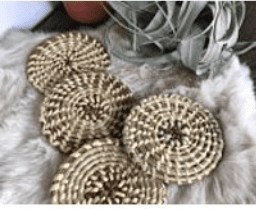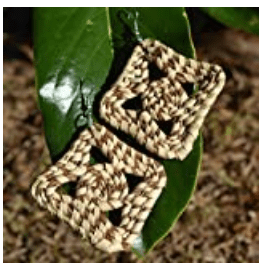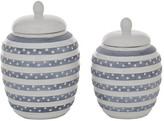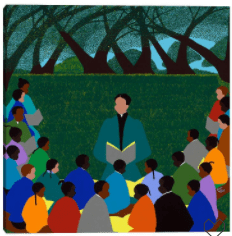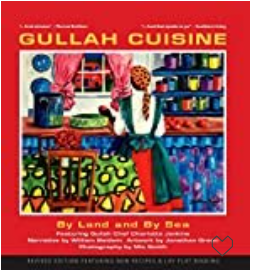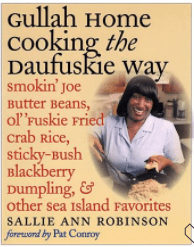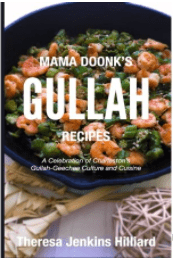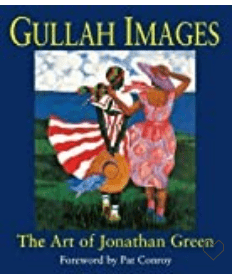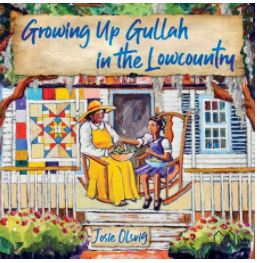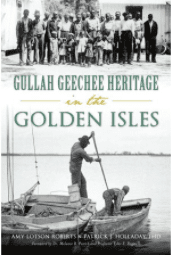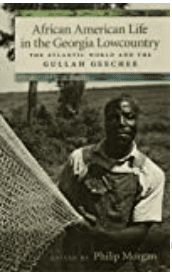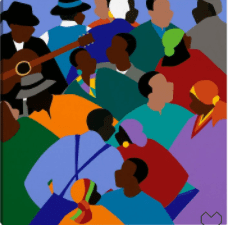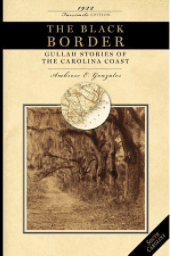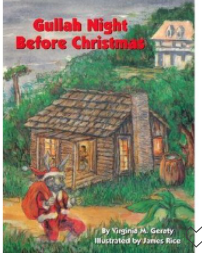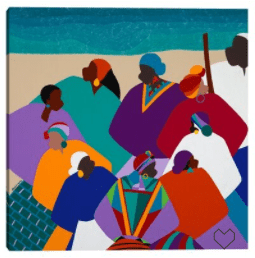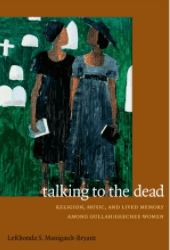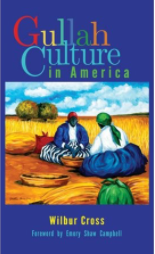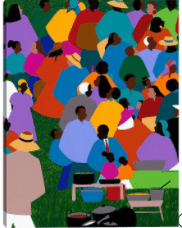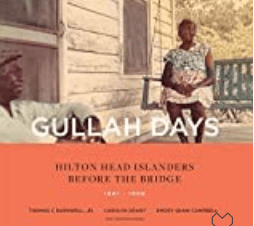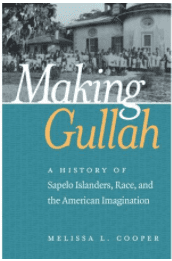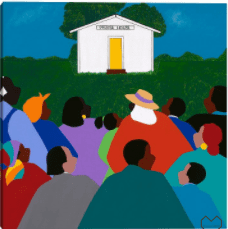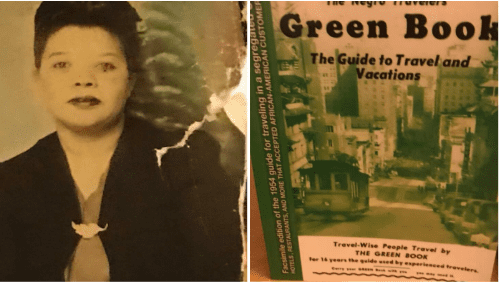
She was all of five-two, always wore an apron, and legend has it, hotelier Thelma Stone carried a pistol in her purse. Her great-niece Carolyn Foster Bailey Lewis says, “She was protective of me and others. It was in her nature to protect.”
Thanks to the nurturing and protection of “Mama Thelma,” the woman who raised her, Lewis would become the first black woman to graduate with a degree in journalism from West Virginia University, the first African American woman to serve as general manager of a full-service public television station in the United States, and enjoy an illustrious career as an academic. She was also a close personal friend of the late Fred Rogers. But, for all of her accomplishments, Lewis is most excited to talk about her childhood living in Bluefield, West Virginia under the watchful, loving eye of Thelma Stone.
Dr. Lewis grew up in the Hotel Thelma, which was listed in the Green Book for a number years as one of three hotels owned by African Americans in the small, mountain town. ‘Mama Thelma’ would eventually own one of the other two hotels in later years (Travelers’ Inn), a string of properties, a restaurant, and a grocery store. Thelma Stone was a beloved, respected member of the community who was known for her kindness, fairness, and generosity.
Entertainers on the Chitlin Circuit often stayed in Hotel Thelma, because of Jim Crow laws, but also because of the quality of the hotel. As a child, Dr. Lewis remembers seeing James Brown, Little Richard (Thelma’s great-aunt Edith Morgan styled his hair), Etta James, Sam Cooke, Fats Domino, Bobby Blue Bland, and a host of other black jazz and pop musicians performing at the Bluefield Auditorium for either all-white or all-black audiences. Never both at the same time. “Ike and Tina Turner were repeat guests. They’d always ask for room 22 whenever they visited. And one time I ended up on stage with James Brown when he performed.”
As Christmas approached, Thelma Stone’s goodness left an indelible impression with Dr. Lewis. “She would buy gifts for people in Bluefield. She would quietly do things for people in jail and for others going through a hard time.” Christmas shopping with her ‘Mama Thelma’ involved going to local stores to purchase any number of items from toys to clothing to food to fruit cake. “You couldn’t take much into the jail but you could take socks and fruit cake,” laughed Dr. Lewis. Thelma would deliver the gifts by herself or invite people into her hotel restaurant’s kitchen, where she was always cooking, to hand them a gift without an audience.
Mama Thelma’s Christmas dinners were anticipated events for hotel guests, residents in the hotel’s adjoining apartments, people in the community in need of a meal or the fellowship of others, students from the college, the occasional coal miner and railroad worker who could not make it home for the holidays. If it snowed, people were stuck in Bluefield, which is located in the Appalachian Mountains, and Hotel Thelma would be the one place a person could stay warm and eat well.
Dr. Lewis says her Mama Thelma “would begin cooking days in advance” for the 30 or more guests who were welcome to come in for a hearty meal. Everyone from hotel workers, students from nearby Bluefield State College, and even guests pitched in to help serve and clean. Dr. Lewis describes the dinner as casual and family style. “You would sometimes get your food served to you right out of the pot and onto your plate.”
Dining, while not particularly festive, was warm and heartfelt. Guests would talk to each other while the jukebox played music (Mama Thelma’s favorite was Nat King Cole), and relax. Thelma Stone’s hospitality was centered on making sure people were comfortable and eating a good meal.
Mama Thelma’s Christmas Menu
Meats: Three smoked hams, scored and glazed with brown sugar and topped with pineapple. Three roasted turkeys. Chitlins.
Sides: Candied yams with no spices, and baked in butter on a layer of brown sugar. Collard greens mixed with kale. Green beans. Cabbage. Macaroni and cheese. Cornbread dressing. Refrigerator rolls. Homemade cranberry sauce. Potato salad.
Desserts: Pound cake. Sweet potato pie. Cobbler.
Thelma Stone passed on in 1981, leaving Hotel Thelma to Carolyn Lewis. The hotel would officially close a few years later, and is now in the process of becoming a historic landmark. To appreciate Thelma Stone is to understand that she managed to survive in business for almost 50 years in a town that is a little less than 9 square miles in size with a population of 10,000 that includes less than 20% African Americans. Most of the years she functioned in business, she worked under Jim Crow and in a region rife in Klan activity. Those Christmas dinners weren’t simply about a few people gathering to eat, those dinners were about Thelma Stone protecting more than a few people in Appalachia.
